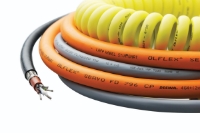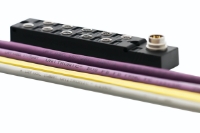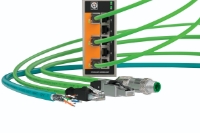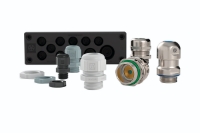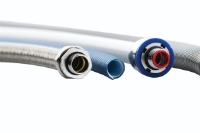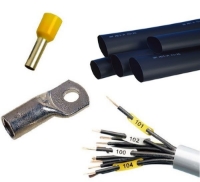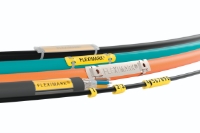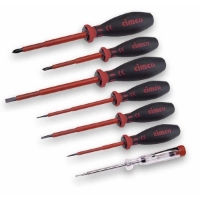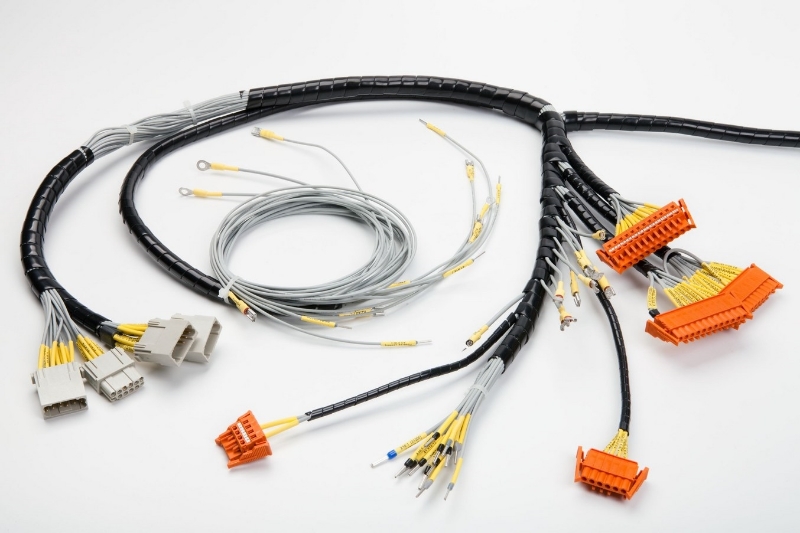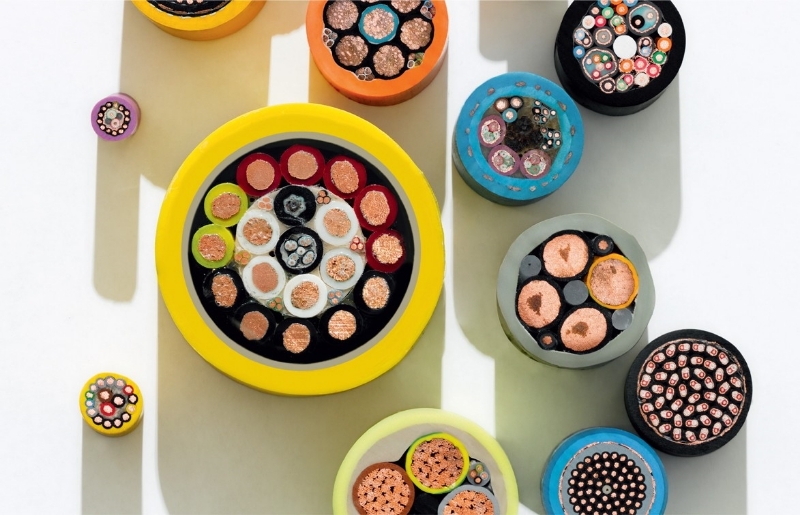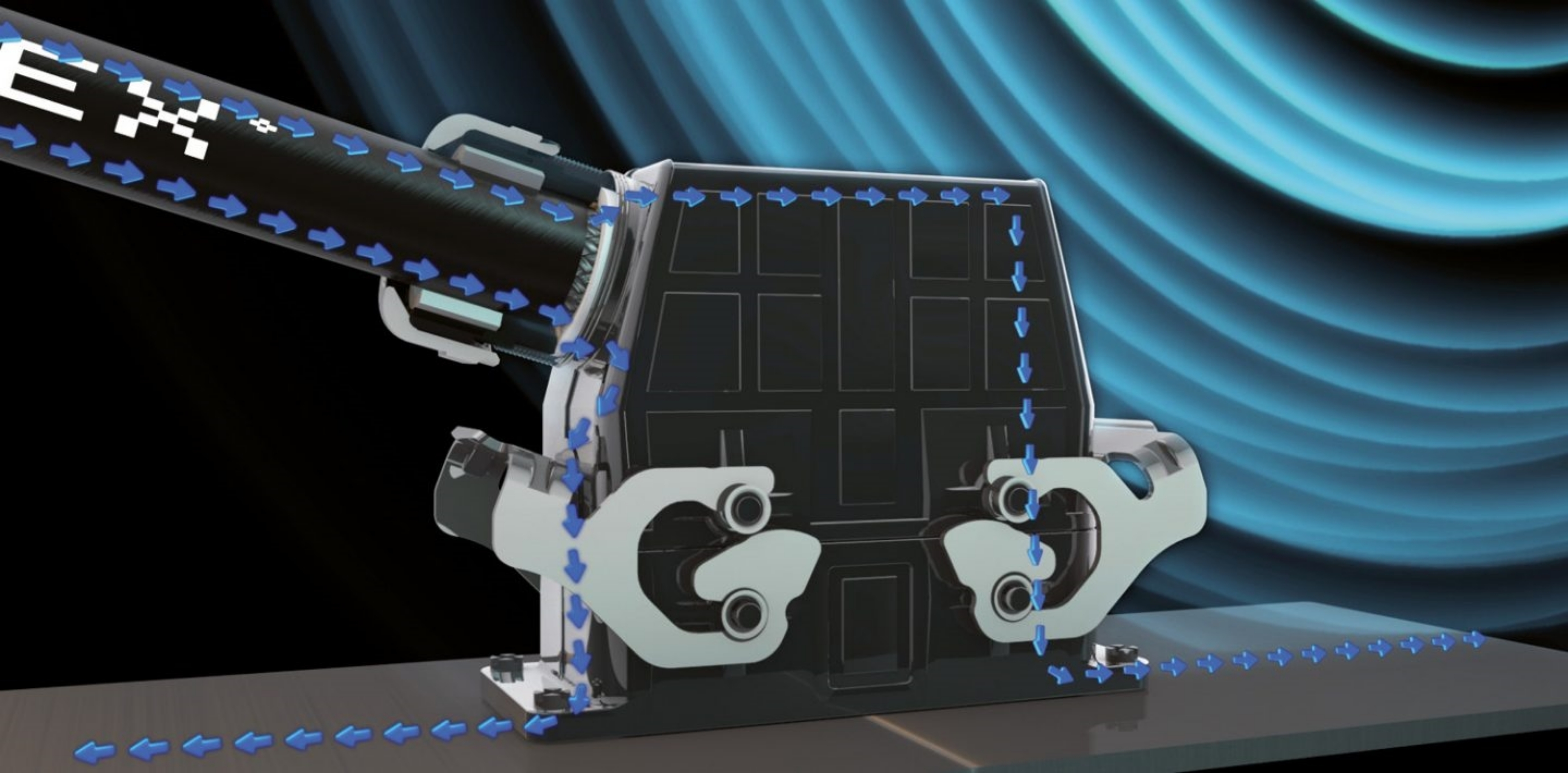Industrial connector EPIC® ULTRA from LAPP: Due to the conductive nickel layer on the connector surface, the connector housing acts like a Faraday cage.
Suddenly, the robot stops: When searching for the cause, very few people think of interference caused by electromagnetic radiation. It is actually quite often the case when sloppy work is carried out while screening cable glands and connectors. LAPP has products that make it particularly easy for employees from assembly to guarantee electromagnetic compatibility.
Older people will remember the annoying humming from the radio when the neighbours switched on their drill. Thanks to digitalisation, such problems with electromagnetic compatibility (EMC) are thought to be a thing of the past. But are they really?
Unfortunately not, as the boom in digital communication via various wireless standards and cables means that EMC problems are highly topical again. Particularly in industry, where automation and therefore electrification are progressing even faster.
There has been little change in the causes of this type of interference. Poorly shielded connections, particularly for cable glands or connectors, are frequent gateways.
This can be avoided by means of the largest possible contact area between the braided shield and the connector housing. The cable shield should be positioned closely around the transition from the cable gland to the connector without any gaps.
Only then can the connector housing act as a Faraday cage and keep external interfering signals at bay. It is also important that this optimum screen contact takes place on both ends of the cable and is connected to the ground potential as it is the weakest link that determines how effective the screening is.
TINY HAIRS PROVIDE A TIGHT SEAL
The EPIC® ULTRA rectangular connector shows how it works. Its metal housing is nickel-plated, the seal is on the inside so that the two metallic housing parts have a large contact area. The SKINTOP® MS-M BRUSH cable gland goes perfectly with this, as a well-screened overall system also needs the transition from the connector to the cable to provide a tight seal. The screen is secured by thousands of little brush hairs arranged in a ring. The cable is centred, attached, strain relieved and hermetically sealed in a single operation. Currents that are induced through interfering signals from outside are efficiently diverted by the highly conductive 360° brush screen. This is especially important for the transmission of sensitive signals. The EMC Institute has confirmed that screening is much better than conventional solutions.

SKINTOP® MS-M BRUSH, above, and ÖLFLEX® CONNECT SERVO – Core Line with 360-degree screen contact for optimum screening, below

WATCH OUT FOR KINKS
EMC problems can also be found where they are least expected: in control cabinets. For example, if there are no ground straps on the doors, the screening suffers. Or if it is cramped in the control cabinet and cables are kinked behind the cable outlet. If power cables with high currents run directly next to this, the strong electromagnetic pulses may disperse into the poorly shielded cable and even lead to a machine failure. “This explains why sometimes a robot suddenly stops for no apparent reason and everyone searches desperately for the fault until someone finds the unprofessional installation”, says Lisa Schlingmann, product manager at LAPP. With the SKINTOP® MS-M BRUSH, the large contact area always provides complete screening, even in the case of moving applications, for example on a robot arm, where several power and data cables run in the smallest space.
PATCHES FOR SCREENING
However, you can never be completely certain. If a cut is made too deep when stripping during assembly and the shielding is damaged, the shielding effect suffers. This can happen in the event of a window cut. For certain connection types, only a narrow hole is cut in the sheath to expose the shielding underneath rather than the whole cable end being stripped. If something goes wrong here, the cable must be cut off and reworked if there is still enough length remaining. In the event of minor damage to the shielding, however, the damaged area can be repaired using a conductive and self-adhesive screening tape so that the cable is intact again.

